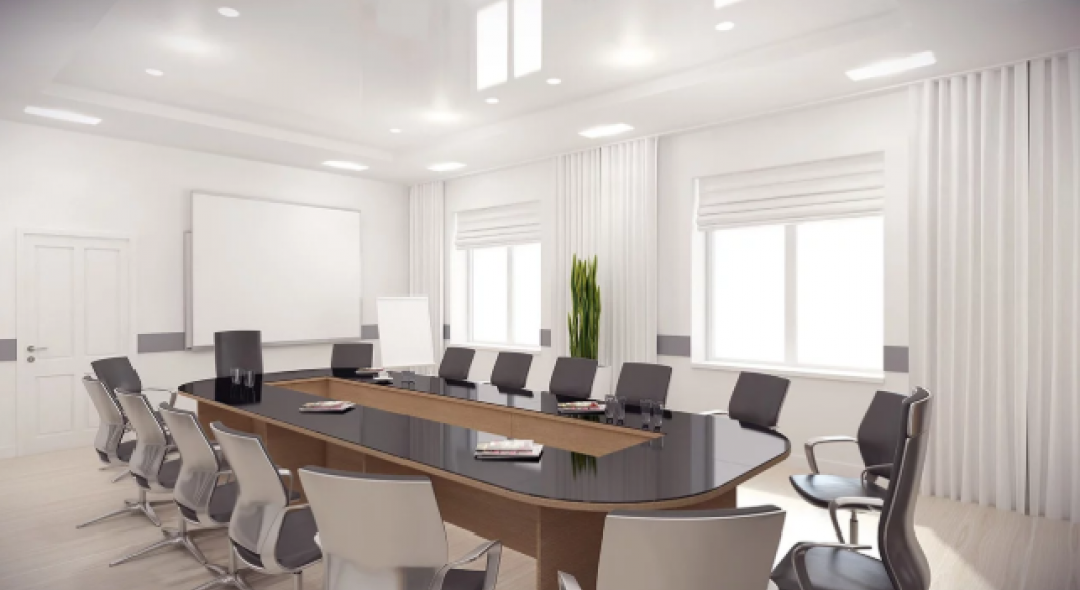
When automated window treatments are opened or closed, precision is paramount. The slightest variation in hem bar alignment can have a negative effect on comfort and productivity by altering light levels. This causes unwanted glare and increases the interior temperature. It also creates an unwelcome distraction for both building occupants and passersby. Misaligned shades and blinds are easily detected by the human eye. This can detract from an otherwise aesthetically pleasing environment, and altering the feeling of a room or an entire building.
Why is a misaligned hem bar so unappealing? It’s science. Vernier acuity, to be exact, measures the ability to discern a misalignment among two line segments. A person’s vernier acuity is the smallest visible offset between the stimuli that can be detected. The alignment of two edges or lines can be judged with a precision five or ten times better than detecting the size of letters in an eye chart, thanks to sophisticated circuitry in our brains, and this ability does not necessarily decrease with age like other mechanisms of human eyesight. The vernier acuity phenomenon was discovered and explained by German physiologist Ewald Hering in 1899 and is still being explored by scientists in modern perception research.
The secret to precise hem bar alignment is speed control. However, many factors can affect the speed of standard electric motors. Electric motors often slow down as they lift heavier loads. The load on a automated window shade motor increases as it retracts, and more fabric is wrapped around the hem bar tube. The opposite is also true, and the motor can speed up as the shade extends and fabric is unwound from the tube. This changing diameter can cause the hem bar speed to constantly change. In addition, line voltage and frequency can vary, as can the output voltage of the power supply outlet. Conventional AC motors produce inherently inconsistent speed due to the ebb and flow of the electrical current driving the motor.
What if science could provide adjacent blinds the ability to move at the same speed for perfectly even hem bar alignment? Enter the innovation of DC-driven motors. The Nice Group’s Era Inn series of DC-driven tubular motors provide absolute speed, which keeps the hem bars in absolute alignment — no matter the variation in motor sizes or widths of the various shades in a given room. Whether Era Inn electric motorized screen and shade systems are operated on a low voltage 24-volt power supply, or the integrated AC converter is used to operate on 110-volt to 240-volt power, the system performs consistently, with constant motor rotation speed at any load condition.
The Era Inn motor design also enables its unique slow start/soft stop feature. This accelerates and decelerates the tubular motor’s speed for a set number of revolutions. By controlling the motor speed as it starts and stops, grouped hem bars are kept in absolute alignment.
Choose smart window treatments that add value to the space they occupy. Your clients will appreciate the aesthetic appeal and smooth functionality, and their vernier acuity guarantees that a sub-par selection will be noticed. To discuss the many benefits of Era Inn motors, including superior hem bar alignment, contact us!
Stay in the know!
Get the latest from Nice, including tips, new product information, and more.